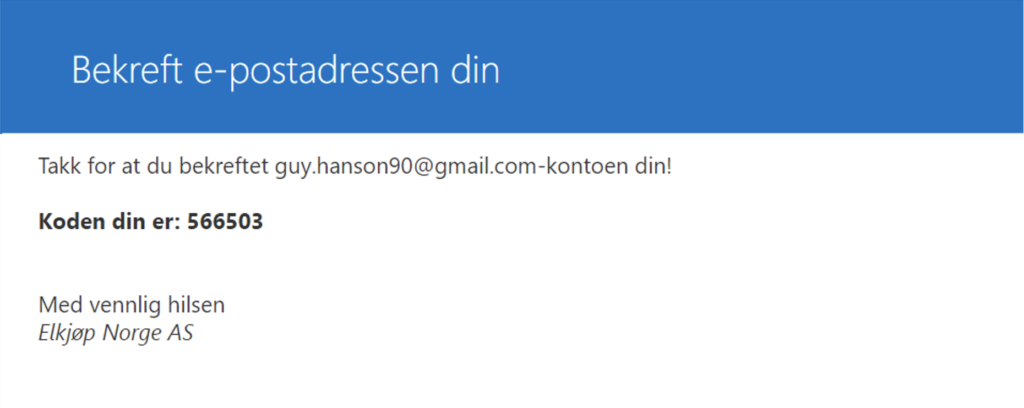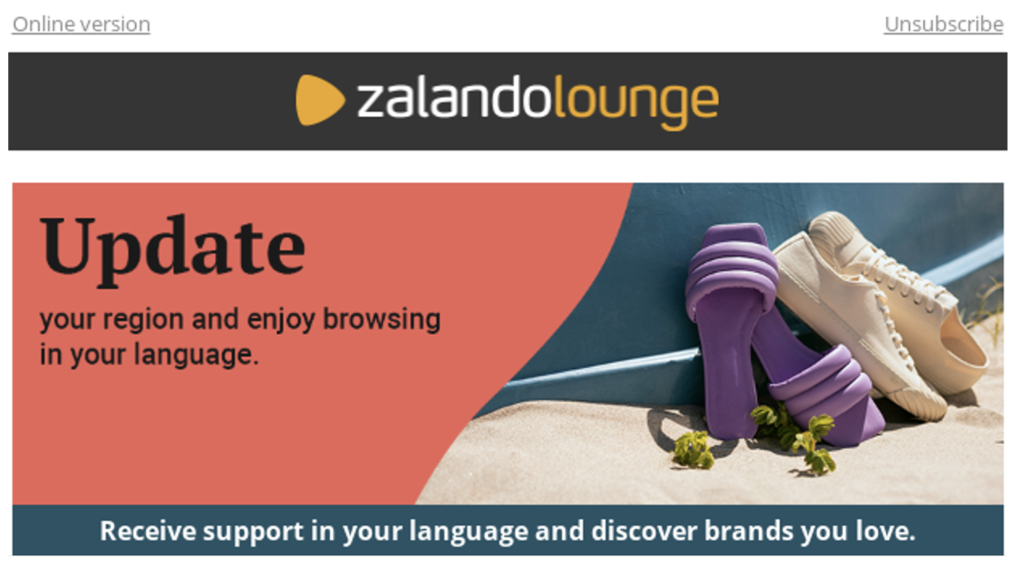
We recently attended the eTail Nordic show in Copenhagen, Denmark.
In preparation for my keynote address, I did some research into the Nordic email marketing landscape. Using insights from Validity’s MailCharts brand intelligence solution, I created a performance benchmark based on email programs in Denmark, Finland, Norway, and Sweden.
While there are many similarities with programs around the world, there are also striking differences:
- Average sending frequency in this region is 2.5 marketing emails per week, around half of the five per week that’s more typical in North America. Scandinavian senders are respectful of their customer relationships and don’t want to over-burden contacts with unwanted messaging.
- Thursdays and Sundays are the most popular sending days. We often find Sunday is the quietest day of the week for email, but Scandinavian marketers understand the benefit of sending messages when people have more time to engage with them.
- “Tilbud” (Offer), “Rabatt” (Discount), “Ekstra” (Extra), “Lucka” (Luck), and “Du” (You) are popular subject line keywords. The last one is interesting—Scandinavian senders clearly put their customers at the heart of their messages
- Just over 30 percent of marketing emails contain discounts. While this is relatively low, use of deep discounts ranging 70-80 percent off has risen sharply year over year, from 25 to 45 percent of all discounted offers. This reflects the tough economic climate we’re currently in.
- 47 percent of all Scandinavian marketing emails use emojis in their subject lines, while 31 percent make use of animated GIFs. Images are universally recognised and their use is particularly effective in regions where multiple languages are spoken.
In my presentation, I encouraged audiences to start their email optimization by thinking like mailbox providers (MBPs). All the big MBP names like Microsoft, Yahoo, and Gmail offer excellent deliverability guidance. And, many of the most important recommendations are common across all of them. Here are some Scandi-specific illustrations that bring these best practices to life.
Don’t look like a spammer
All MBP guidance essentially comes down to one simple concept—don’t look like a spammer! Postmasters have no problem with legitimate email marketing. Their primary focus is protecting their customers from malicious messages. So, when your emails look suspicious you will get filtered to spam.
During my research, I signed up with Nordgreen’s email program. Unfortunately, the welcome email went to my spam folder, and Gmail’s explanation was: It is similar to messages that were identified as spam in the past.

This is bad news for the sender—you never get a second chance to make a great first impression. We’ve done previous research showing when the first message fails to generate engagement, there is already a >50 percent chance the sender will never see any future engagement from the subscriber. The cost of acquiring that new subscriber has been wasted, as have any future revenue opportunities.
Reputation matters (wherever you are)!
Having a good sender reputation is important. It’s like a credit score for email marketing programs, and it strongly influences how MBPs see email senders and whether they accept their emails.
While I was speaking with the team from high-end fashion retailer By Malene Birger, I looked up their score at www.senderscore.org. A best practice email program should be scoring above 90, so they were concerned to learn their score was only 80.

We used Everest to diagnose the issue and quickly identified the authentication and block listing problems that were dragging their score down.
They also send from shared IP addresses. While this isn’t a bad practice in itself, it means their reputation is dependent on other senders, whose commitment to best practices may be weaker.
Validation and permissioning
MBPs expect email senders to take responsibility for sourcing valid email addresses from new sign-ups. They also recommend a strong permissioning model, which requiring positive opt-in, and a confirmation email to activate the registration.
Consumer electronics retailer Elkjøp practices both of these principles. However, when testing for address structure, I saw their address validation accepts invalid domains—creating the risk of high bounce rates. A real-time validation solution like BriteVerify would help solve this problem.
However, Elkjøp’s confirmed opt-in process is impressive, effectively using a form of two-factor authentication that requires new subscribers to enter a six-digit code to activate their new account.

Make it easy to leave
All MBPs advise making it as simple as possible for subscribers to opt out, ideally with a one-click process. Senders should also include a list- unsubscribe record in their email headers. Yahoo Mail has just iintroduced one-tap unsubscribe functionality for its mobile customers and explains why:
For a lot of users, the “Mark as Spam” button is not very far away. So, it makes more sense to allow users to safely and securely unsubscribe from unwanted emails with just a single tap. No extra hoops or clicks. And no reputation hit for senders.

As well as being easy to use, unsubscribe links should be easy to see. Instead of buried in the link of email footers. Zalando Lounge has them at the top—a great best practice. While making the link more visible may increase opt out rates, it reduces spam complaint rates with very positive implications for deliverability, and customers usually appreciate the increased transparency.
Work with Validity
We have a broad set of customers in Scandinavia, including household brands like Cocopanda, Zizzi, Sephora and Gant. Check their reputation scores using Sender Score and you’ll see they are consistently in the high-90’s—meaning world-class deliverability. You might also notice the following:
These programs are members of Validity’s Sender Certification program, which provides exclusive deliverability benefits from major MBPs around the world for approved senders. Major brands like Dustin and Boozt literally enjoy 100 percent inbox placement rates, maximizing their customer eye-share, and driving more sales revenue.
We learned so much about the Scandinavian email market while in Copenhagen, and our audience learned plenty in return from our keynote address.
If you’d like to join the ranks of this region’s best-in-class email marketing senders, contact us now to find out more